Search
Remove Ads
Advertisement
Summary 
Loading AI-generated summary based on World History Encyclopedia articles ...
Search Results
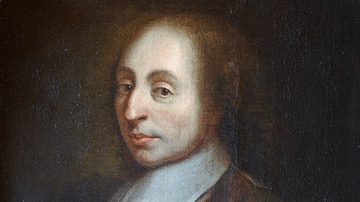
Definition
Blaise Pascal
Blaise Pascal (1623-1662) was a French scientist, mathematician, and philosopher whose work influenced both the Scientific Revolution and later European thought. Pascal is known for his practical achievements in science, such as a calculating...

Image
Blaise Pascal
A c. 1690 oil-on-canvas portrait of Blaise Pascal (1623-1662), the French scientist, mathematician, and philosopher. (Palace of Versailles)

Image
Cleopatra's Nose, Blaise Pascal
“The nose of Cleopatra: if it had been shorter, the whole face of the earth would have changed” ~ Blaise Pascal, Pensées 162. On the basis of portrait coins struck by Cleopatra, philosophers such as Blaise Pascal (1623-1662 CE) assumed...

Image
Portrait of Blaise Pascal
An engraved portrait of the French mathematician, scientist, and philosopher Blaise Pascal (1623-1662). Engraved by Ambroise Tardieu (1788-1841). (Science Museum, London)
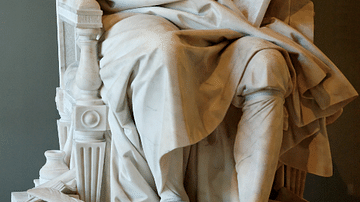
Image
Statue of Pascal, Louvre
A c. 1780 statue by Augustin Pajou of Blaise Pascal (1623-1662), the French scientist, mathematician, and philosopher. Pascal is shown contemplating a mathematical problem involving the cycloid. (Louvre, Paris)
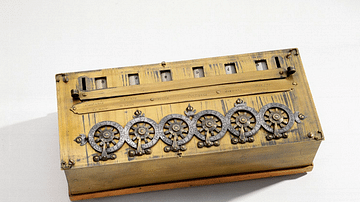
Image
Pascal's Calculator
A replica of the calculating machine made in 1642 by the French mathematician, scientist, and philosopher Blaise Pascal (1623-1662). Made of brass and 28 cm in length. (Science Museum, London)
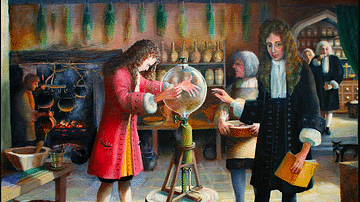
Definition
Scientific Method
The scientific method was first used during the Scientific Revolution (1500-1700). The method combined theoretical knowledge such as mathematics with practical experimentation using scientific instruments, results analysis and comparisons...
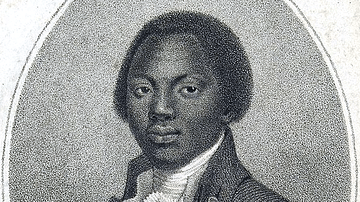
Article
Olaudah Equiano's Account of the Middle Passage
Olaudah Equiano (l. c. 1745-1797, also known as Gustavus Vassa) was an African of the Igbo village of Essaka, of the Kingdom of Benin (modern Nigeria), who was enslaved around the age of ten, bought his freedom around the age of 20, and became...

Image
The Scientific Revolution in Europe
The Scientific Revolution in Europe, roughly 1500 to 1700, was a profound intellectual and cultural transformation that forever altered humanity's understanding of the natural world. The period witnessed a seismic shift from medieval beliefs...

Article
Was Cleopatra Beautiful?
The idea that Cleopatra VII (69-30 BCE), the famous last queen of ancient Egypt, owed her powerful position to her beauty persists. “The nose of Cleopatra: if it had been shorter, the whole face of the earth would have changed,” the French...